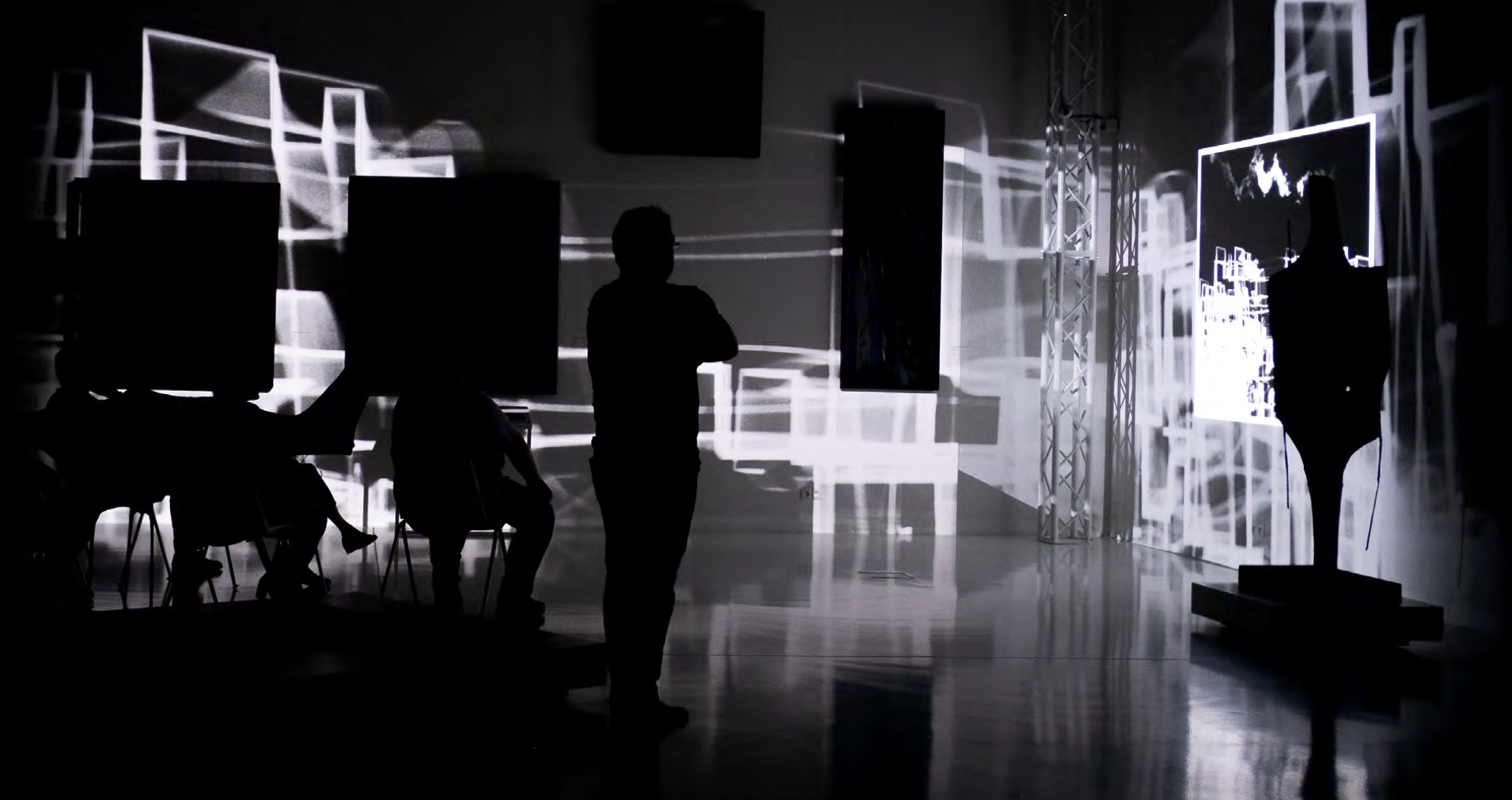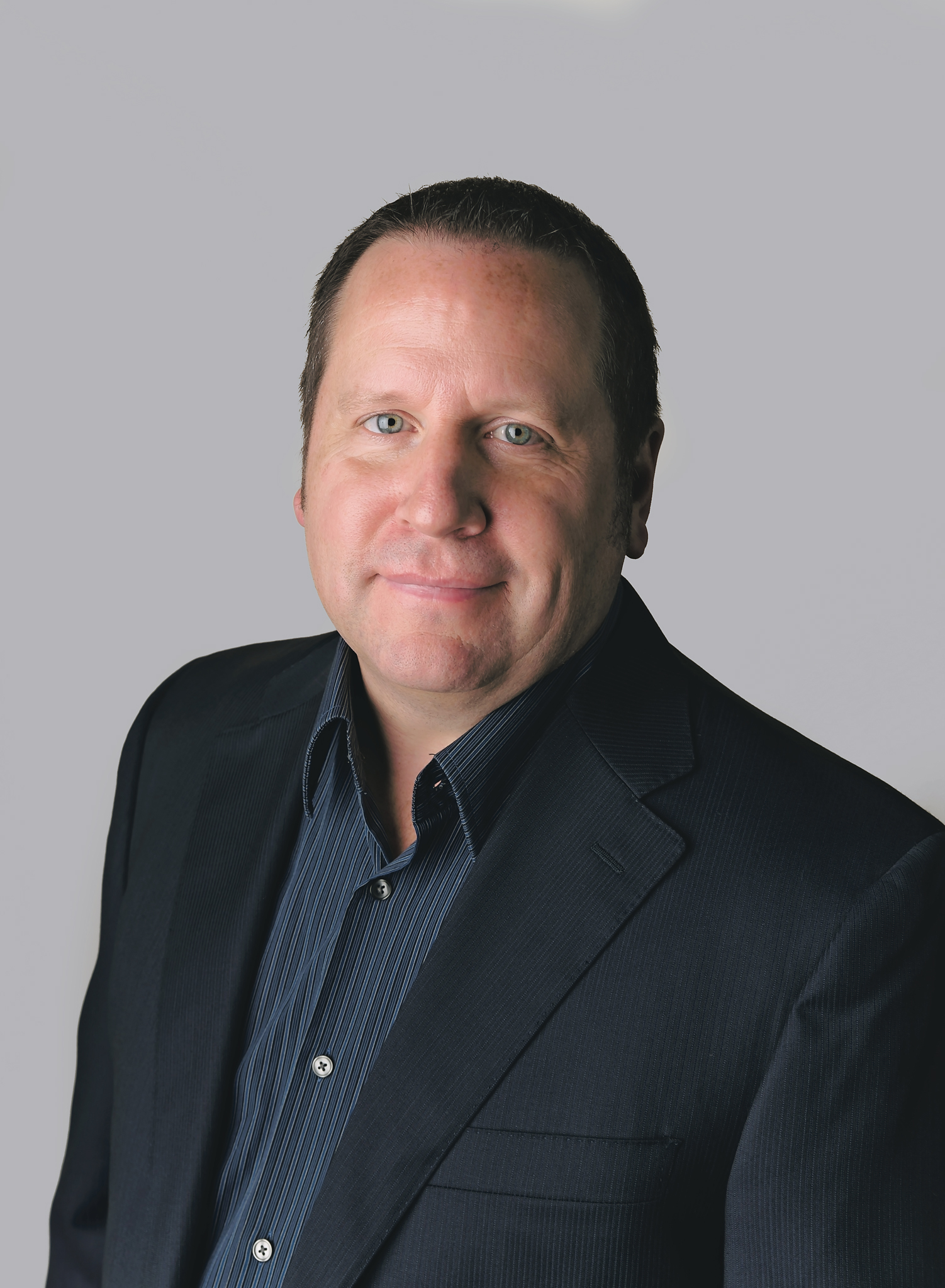Nearly every business served by the professional systems space—be it a sports complex, house of worship, live performance venue, school, or restaurant—is undergoing a serious and intrinsic transformation in the way it serves its clientele as a result of a global black swan event: the COVID-19 pandemic.
To survive, businesses are being asked to transform the way they offer their product. For many, that means finding ways to safely distance patrons, which is likely to be a short- to medium-term solution. That said, and without making predictions on timing, we will one day return to normal, where patrons, students, and event-goers can gather without fear of catching a disease. But when we return to public spaces, consumers’ expectations about what qualifies as an exciting experience—and what qualifies as a safe experience—will likely be much higher than before. The new normal will not be the same as the old normal.
Markets including education, worship, corporate, government, retail, and hospitality need a way for people to gather safely right now, but they also need a solution that will be valuable in the long term. There is a huge opportunity here for professional AV providers.
Immersive Audio
The long-term solution on the “A” side of the AV equation is almost assuredly immersive audio. The theory behind immersive audio is simple: Put sound where you want or need it. You may decide to put sound in a specific location and keep it there, or you may change the audio coverage based on the time of day or what is being played through the system. By putting sound where you need it—locating the audio with intention—you are devising an immersive audio experience for your audience, customers, and patrons.
Of course, technology can help, enabling higher quality sound to be placed wherever it is needed. A successful immersive audio experience does require a certain amount of design work, and it’s also likely to include digital beam-steering of some type. But before we dive into the technical components of steerable solutions, let’s look at some practical examples showing where immersive audio has worked traditionally—and where it is headed next.
Aquarium of the Pacific
Systems Contractor News recently covered the beautiful Aquarium of the Pacific, which is an excellent example of an immersive experience. With a wraparound projection display, and another display placed, atypically, on the ground, the aquarium’s theater is able to fully cover the viewer’s line of sight.
[Read more about immersive audio at the Aquarium of the Pacific]
Just as the eyes are bathed in stimuli, so, too, are the audience’s ears. Digitally steerable solutions are positioned behind the displays to ensure every audience member—whether they are sitting in the first row on the floor level or at the top of the theater in the very back row—experiences the same audio quality.
Consider that for a moment: a modern-day theater can deliver the same experience for audience members even when they are separated by multiple rows of seats. This is a core example of meeting the unexpected needs we see today.
Poland’s National Museum
A very different installation of immersive audio can be found in Wrocław, Poland, at the Museum of Contemporary Art, a branch of Poland’s National Museum. While the museum does not use steerable solutions, multiple point source loudspeakers are positioned across the space to ensure every visitor receives an individual experience.

The reason for going with individual speakers? The museum wanted to provide a catered experience. Every speaker is connected to a trigger within the museum. When an individual enters a space, they hear specific audio—and not audio from other locations.
As we look at audio solutions with social distancing in mind, the ability to localize sound for small groups as they remain spread out across a space will be of the utmost importance.
What Needs to Be Installed Now?
Where we once gathered close together in classrooms, churches, offices, theaters, and other locations, we now must find a way to keep our distance. Larger rooms that can accommodate people spaced a minimum set distance apart will be critical in the months to come.
Schools will return to session eventually. Christmas is going to be a much deeper consideration for churches this winter. Even our corporate meetings will require a new level of planning.
There are many arguments to be made about why sound is critical in all of these environments. Higher-quality sound has been linked to better grades in classrooms. Specific music has been shown to alter purchasing decisions. A more impressive and immersive AV installation creates a more powerful experience for an audience—turning them into customers, return patrons, and brand advocates.
Let’s complete this equation and find ways to integrate audio that will cover larger spaces without a loss in quality. If schools need to hold classes in gymnasiums, we can cover that space with sound that won’t impact the learning environment. If a restaurant, theater, gym, or other hospitality space needs to spread patrons out, we can ensure the atmosphere remains the same both indoors and outdoors. Houses of worship can find ways to include more people safely in on-site services. Government facilities—from transportation hubs to courtrooms—can ensure everyone is treated with the same level of communication, no matter their location in a space.
All of this is possible with immersive sound. So how do we get there?
Technically Speaking
Digital beam-steering enables integrators to tightly control where the sound will be placed—on the audience and away from walls, ceilings, and other surfaces. But how is that achieved?
Using software, steerable solutions use powerful FIR coefficients within the loudspeaker’s amplifier module. Each driver has its own amplifier and DSP channel. When loaded with FIR filters, EQ, and delay, steerable beams are created.
Further, because audio is positioned digitally, speakers can be installed in positions that simply look good. There is no aesthetic compromise when it comes to these solutions.
Long-Term Installations
These immersive audio solutions are long-term products of the highest quality. When we do fully return to normal, loudspeakers can be reconfigured in one of two ways:
- Recalibration of a system can be done swiftly with support from manufacturers. While digitally-steerable solutions traditionally don’t need a repositioning of beams, it can be done. That means you can alter your coverage as you scale, be it up or down.
- Mobility is also available in many of these solutions. Portable solutions can be designed that are then capable of being deployed elsewhere in a post-pandemic environment.
Simply put, these solutions have always made long-term sense when you are seeking the highest quality sound. But today, they solve an increasing number of challenges.
Streamlined with Partnerships
To achieve these outcomes, partnerships are key. Manufacturer support in design and commissioning can be provided to ensure you have support during all stages of the integration.
As integrators, the goal should be to partner collaboratively with both your potential and current clients—as well as your manufacturer partners, like Renkus-Heinz, which is developing these solutions. They must be invested in your long-term success, just as you are invested in your client’s success. Ensure they can help you design and install for exactly what will be needed in both the short and long term.
The result, of course, is the most important consideration here. And in this case, the outcome is a shoring up of organizational and brand capabilities in the short term, while improving audio and business outcomes in the long term. Both are critical to ensuring we are all successful in the years to come.
